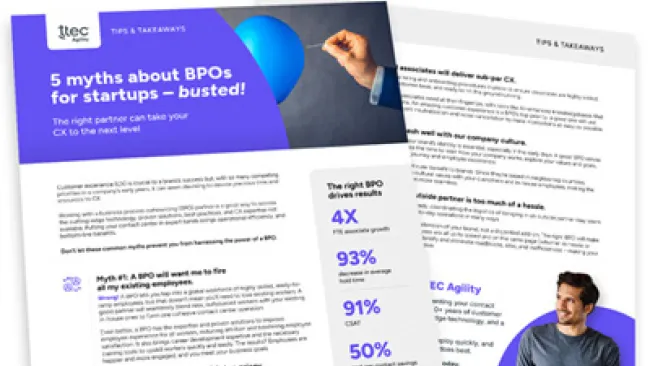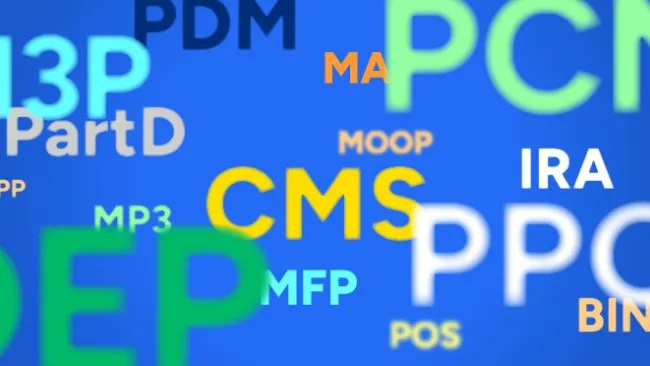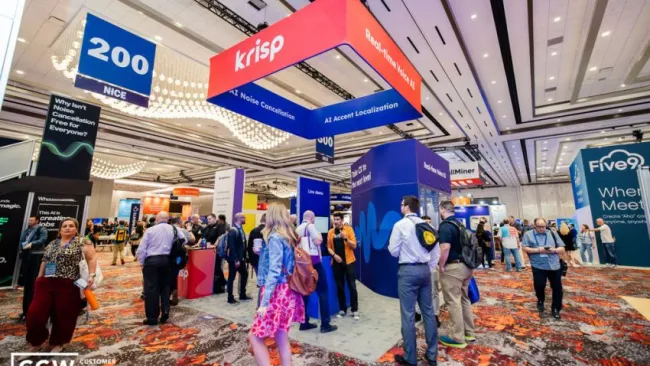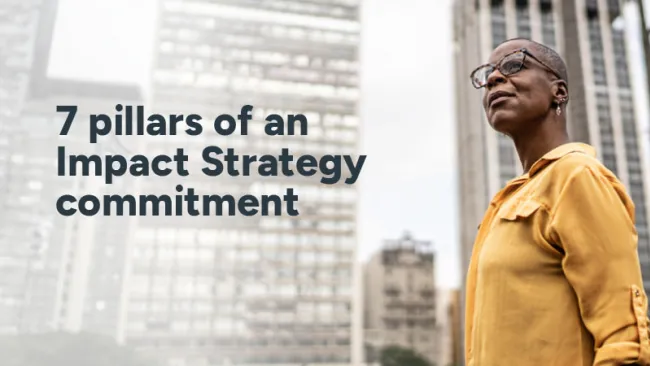For the first time in history, there are 5 distinct generations currently in the workplace. People in their 70s mingle with those just old enough to buy lottery tickets. From fresh-faced digital natives to those with decades of experience, today’s workplace is a mix of generational diversity.
Diversity, Equity and Inclusion (DE&I) has become an increasingly visible topic in organizational settings over the last 18 months. Aside from the myriad reasons creating team’s representative of the communities in which organizations operate, more and more research is pointing to the top and bottom-line financial results of creating smarter teams through diversity. McKinsey’s May 2020 report, a third in their diversity series, found that the business case for diversity remains strong and became even more important during the COVID-19 pandemic. Diversity of executive teams are related to financial outcomes. Inclusion was found to be particularly important especially in equality and openness.
Even diverse companies can struggle with creating inclusive environments and cultures. In the move toward recognizing and embracing diversity, age may sometimes be left out behind race, gender, and identity conversations within organizations.
At TTEC, we value diversity, equity, and inclusion. We would argue that generations, beyond the simple demographic variable of age, is another important concept to consider when evaluating D&I strategies. In the same McKinsey report (2020), it was revealed that 76% of organizations do not track diversity metrics beyond demographics. A critical component of TTEC’s six values, ‘Do the right thing’ includes reaching beyond standard benchmarking data to better understand, holistically, where our progress stands today. This view allows us to define, measure, and reach for our targeted goals considering all available metrics and employee feedback. In these discussions, generational similarities and differences have sparked spirited discussion and have been woven into future efforts.
Generations as we think about today, began in the 20th century, especially to describe younger generations. The music festival Woodstock represents, maybe, the pivotal event in the United States where the popular press started examining generations in this new light. Before they were called Baby Boomers, they were referred to the as the “Woodstock Generation.” Over the last five decades, generations have evolved into a common topic in popular press and peer reviewed research.
Generations are labeled because they share common macro experiences and cultural references. More recently, they are also being defined by their use of technology. The five generations are currently in the workplace are:
- Silent Generation/Traditionalists/Veterans (born 1925-1945)
- Baby Boomers (born 1946-1964)
- Gen X (born 1965-1980)
- Millennials (born 1981-2000)
- Gen Z (born 2001-2020)
You will see some variation in these names and dates depending on the publication. Recently, Millenials surpassed Gen X as the largest group currently in the US workforce. These two groups in the US make up over two third of workers in the workforce currently. Throughout the globe you will see some differences with Europe skewing towards older generations and Asia-Pacific have larger representation in younger generations.
Why age diversity matters in the workplace
When discussing generations, we typically talk about how they were shaped and how that impacts their communication style, worldview, and preferences, including in the workplace. The events that shape a generation are typically large national or global events that occur during teenage or early adulthood. For example:
- Traditionalists were impacted by the Great Depression and World War II
- Baby Boomers were not only impacted by Woodstock in their youth, but also the Vietnam war and the Civil Rights movement
- Gen X had the AIDS epidemic and the dot-com boom
- Millennials were influenced by 9/11 and growing up with the internet
- Finally, Gen Z was affected by the Great Recession, mobile and computer technology from a young age
These events impact these groups in a shared way influencing their worldviews and preferences. It is not hard to tie back the values such as obedience, personal interaction, diversity, efficiency, work-life balance, immediate feedback, independence, or innovation to these events and influences.
These can impact communication styles and workplace attitudes or preferences as well. As a teenager experiencing Columbine, one author was no longer be able to trust that a classroom was safe. As a result, when teaching college courses, they were very aware of the potential for violence and that impacted decisions such as where and what classes they would teach. Similarly, a banker getting his first job during the Great Recession might be much wearier of job hopping and more aware of the lack of job security. A Gen Zer starting work now may expect high levels of technology use as a primary form of workplace communication. With the added recent events of the COVID-19 pandemic, Gen Z might have the largest expectation of flexible work arrangements.
Embrace diversity for business success
Cross-generational mentoring and mixed-age teams often lead to increased understanding, knowledge sharing, and leveraging different types of expertise. Numerous studies have also demonstrated diverse teams are simply smarter. Incentive plans should allow for alignment to where employees are at in their lives, allowing for flexibility and options in benefits and work-life balance.
At TTEC, we leverage employee surveys to keep a pulse on demographics, communication styles and planned paths. We use this insight to build employee and customer experience that are inclusive, connected and lead to lasting relationships. We are measuring, reporting, and analyzing our hires and employee diversity including age and generation representation on a quarterly basis. A self-serve dashboard allows the diversity council to monitor diversity presentation in real time. Hiring manager training will include unconscious bias and awareness. Our Humanify® DEI+ BOTs let you practice your diversity and inclusion skills with real conversations across several diversity areas including age.
Diversity is no longer optional. Organizations must not only be diverse but also must embrace an inclusive culture and allow differences to drive innovation. Straightforward metrics are needed to measure baselines, effectiveness of programs and initiatives and progress. The numbers around demographics internally and in the market are just the starting point. Employee Resource Groups (ERGs) and participation can be another area. Generations are often overlooked in the creation of ERGs. Attrition, promotions, and engagement can allow you to go deeper into the results of the initiatives being put into place. In the end, these actions should allow for increases in employee satisfaction, innovation, and thus profitability.
















